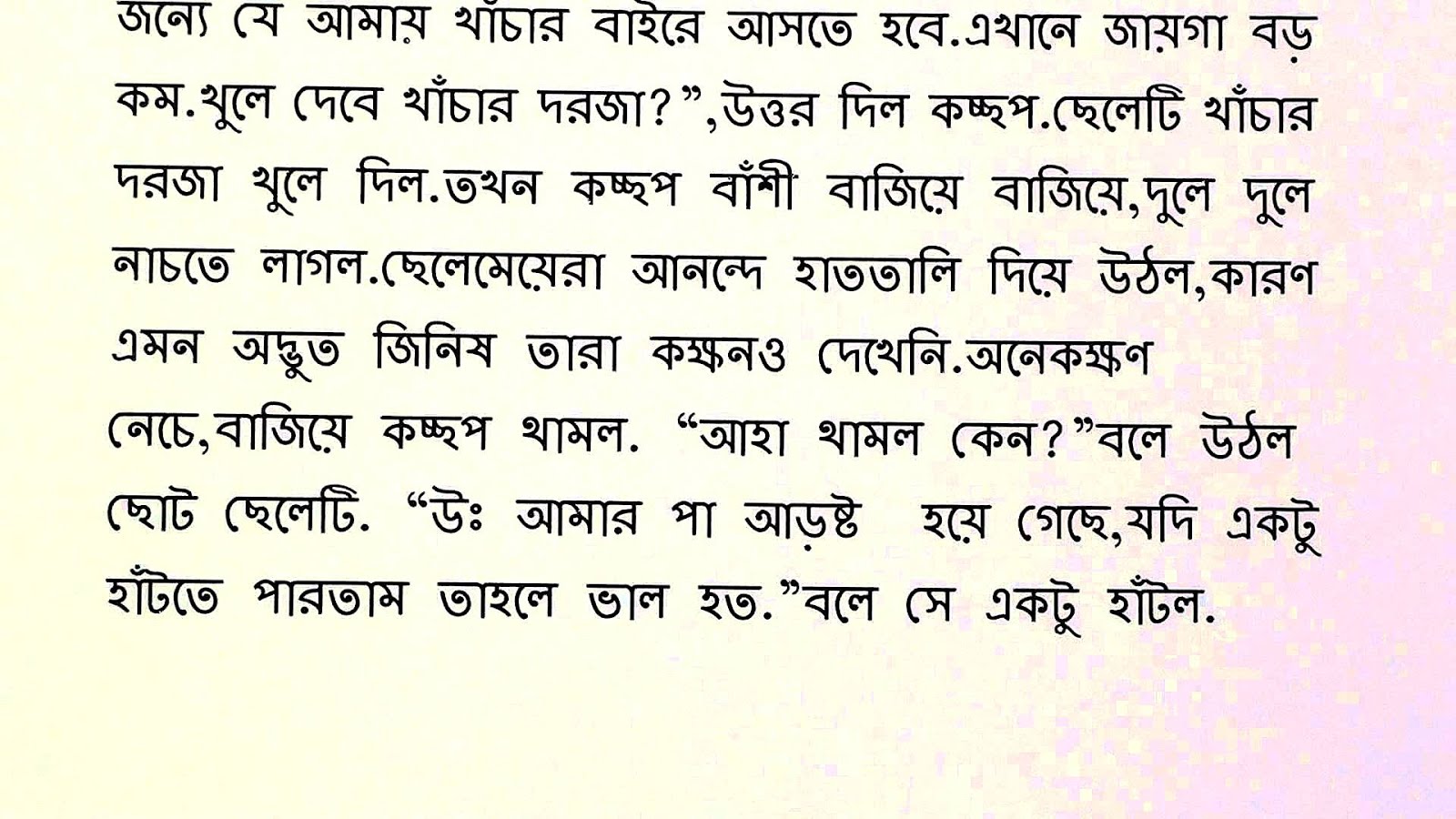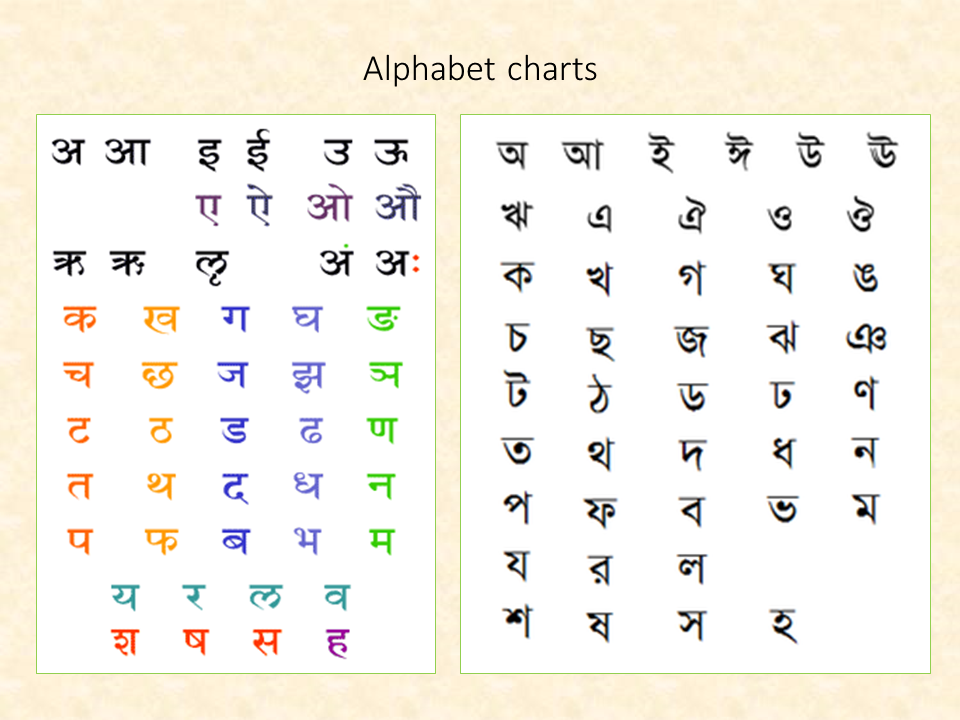
The script was originally used to write Sanskrit. It was standardized into the modern Bengali script by Ishwar Chandra under the reign of the British East India Company. The Bengali script was originally not associated with any particular language, but was often used in the eastern regions of Medieval India. wô is represented as ৱ in Assamese, Bishnupriya Manipuri, and Maithili, but is collapsed with ব bô in Bengali.rô is represented as র in Bengali, ৰ in Assamese, and either of the two variants in Bishnupriya Manipuri and Maithili.In both languages, it functions as though it were orthographically খ্য. The character ক্ষ (Assamese khyô, Bengali khio) is considered a separate letter in Assamese script (ক্ষ ) but considered a conjunct (orthographically ক্+ষ ) in Bengali.In addition to differences in how the letters are pronounced in the different languages, there are some typographical differences between the version of the script used for Assamese and Bishnupriya Manipuri as well as Maithili languages, and that used for Bengali and other languages. Both Eastern Nagari and Devanagari were derived from the ancient Nagari script. The Bengali script evolved from the Eastern Nagari script, which belongs to the Brahmic family of scripts, along with the Devanagari and other written systems of the Indian subcontinent.

11.1 Article 1 of the Universal Declaration of Human Rights.5.1 Redundant graphemes for the vowel sounds and.4.5 Characteristics of the orthographic word.3.3.7 Exceptional consonant-vowel combinations.The Bengali script is, however, less blocky and presents a more sinuously shaped. It is recognizable by a distinctive horizontal line running along the tops of the letters that links them together, a property it shares with two other popular Indian scripts: Devanagari (used for Hindi, Marathi and Nepali) and Gurumukhi (used for Punjabi).

It is written from left to right and lacks distinct letter cases. its vowel graphemes are mainly realized not as independent letters, but as diacritics attached to its consonant letters.

From a classificatory point of view, the Bengali script is an abugida, i.e. Historically, the script has also been used to write the Sanskrit language in the same region. All these languages are spoken in the eastern region of South Asia. The script with variations is used for Assamese and is basis for Meitei, Bishnupriya Manipuri, Kokborok, Garo and Mundari alphabets. The Bengali alphabet ( Bengali: বাংলা লিপি bangla lipi or Bengali: বঙ্গলিপি bônggolipi) is the writing system for the Bengali language.


 0 kommentar(er)
0 kommentar(er)
